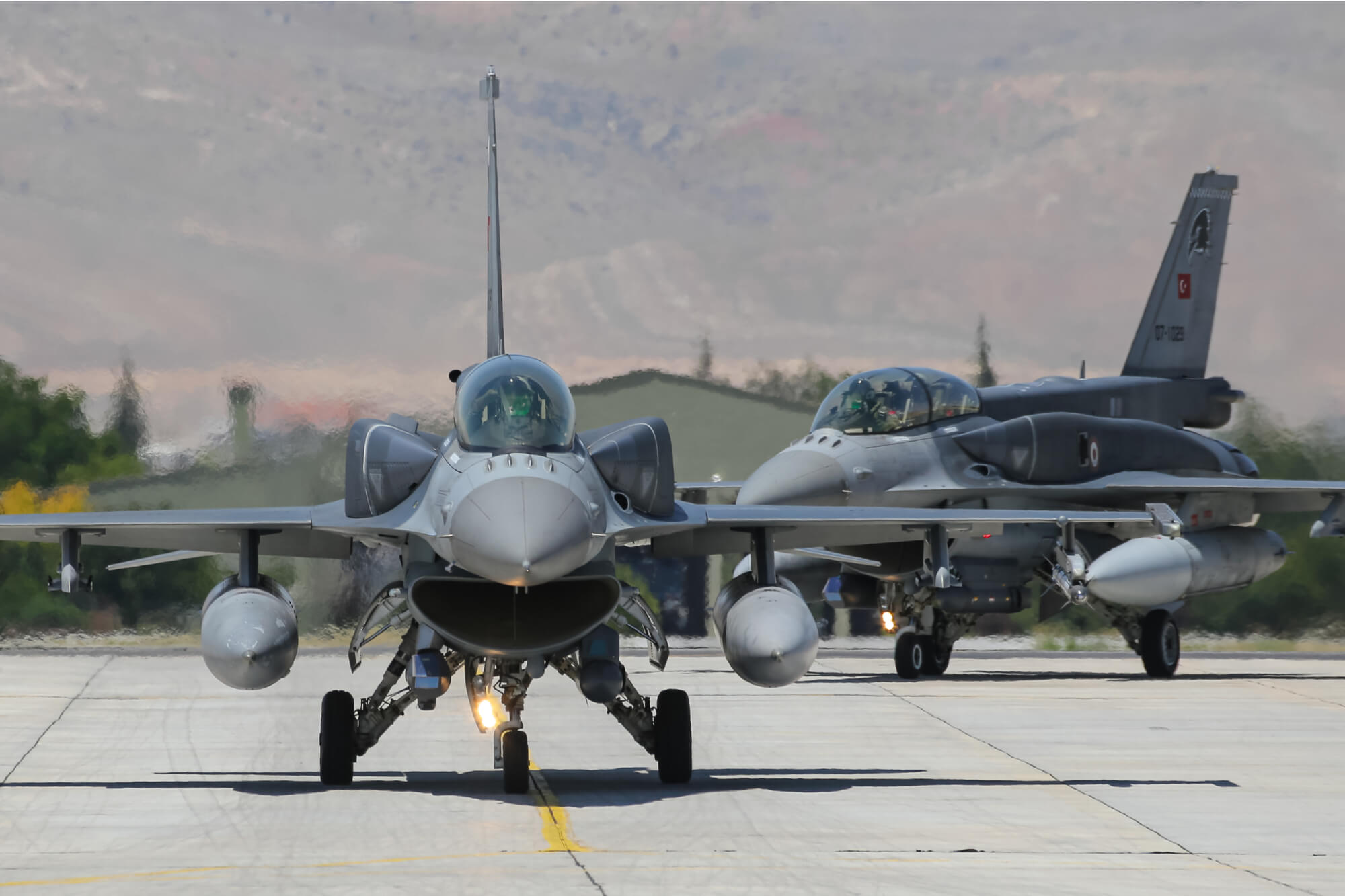(VIDEO) Turkish F-16 Block 30 Aircraft Equipped with AESA Nose Radar Performs Maiden Flight
(VIDEO) ASELSAN noted that with the AESA Nose Radar to be installed on the Turkish Air Force's F-16 OZGUR fighter jets, the company becomes one of the few in the world to successfully develop AESA radar. The AESA Nose Radar will soon be installed on the AKINCI drone, before being integrated into other platforms, including fifth-generation fighter aircraft being developed by Turkey, such as KAAN.
(DEFENCE SECURITY ASIA) — The F-16 Ozgur fighter jet of the Turkish Air Force, equipped with an AESA (Active Electronically Scanned Array) Nose Radar developed entirely by local expertise, has successfully completed its maiden flight.
The Nose Radar AESA utilized in the inaugural flight of Turkey’s F-16 fighter aircraft was developed by ASELSAN, a leading defense company.
ASELSAN’s “MURAD” AESA Nose Radar has transformed the Turkish F-16 Block 30 aircraft into a 4.5-generation fighter on par with the F-16 Block 70.
According to statements from ASELSAN, “It (Nose Radar AESA) provides our aircraft with outstanding capabilities for both air-to-air and air-to-ground missions simultaneously.
“It also has the ability to detect and track various targets, guide Beyond Visual Range (BVR) guided missiles, capture high-resolution ground images, and perform electronic warfare functions.”
ASELSAN noted that with the AESA Nose Radar to be installed on the Turkish Air Force’s F-16 OZGUR fighter jets, the company becomes one of the few in the world to successfully develop AESA radar.
The AESA Nose Radar will soon be installed on the AKINCI drone, before being integrated into other platforms, including fifth-generation fighter aircraft being developed by Turkey, such as KAAN.
The radar will also be utilized by lighT combat aircraft, HURJET, unmanned combat aerial vehicles “Kizilelma,” and the ANKA-3 drone.
Following restrictions under the CAATSA imposed by the United States after Ankara’s purchase of the S-400 Triumph air defense system, Turkey has faced challenges in upgrading its F-16 fighter jets, thus leading to a decline in its air power.
The Mediterranean nation is the largest user of F-16 fighter jets outside the United States, with domestically licensed aircraft forming the backbone of its air force.
Turkey needs to upgrade them swiftly to ensure they can compete with newly acquired fighter jets by regional rivals, particularly its traditional adversary, Greece.
Therefore, Turkey, through its defense company ASELSAN, has launched its own efforts, which will see approximately 35 F-16C/D Block 30 fighter jets of the Turkish Air Force upgraded with local technology such as the AESA Nose Radar.


The AESA radar will ensure that F-16 aircraft and Akinci drones have the capability to carry various guided munitions and smart weapon systems developed by the Turkish defense industry.
Among the enhanced capabilities expected from Turkey’s AESA radar, as claimed by the country’s defense industry, are the ability to detect more targets simultaneously at longer ranges, resilience against electronic countermeasures, and more.
In addition to being equipped with the AESA Nose Radar, Turkey’s aging F-16 Block 30 aircraft will also undergo avionics capability enhancements with modern systems and components developed domestically.
Under the capability enhancement program, the flight hours of Turkey’s F-16 Block 30 aircraft will also be increased from 8,000 hours to 12,000 hours. – DSA



Comments are closed.